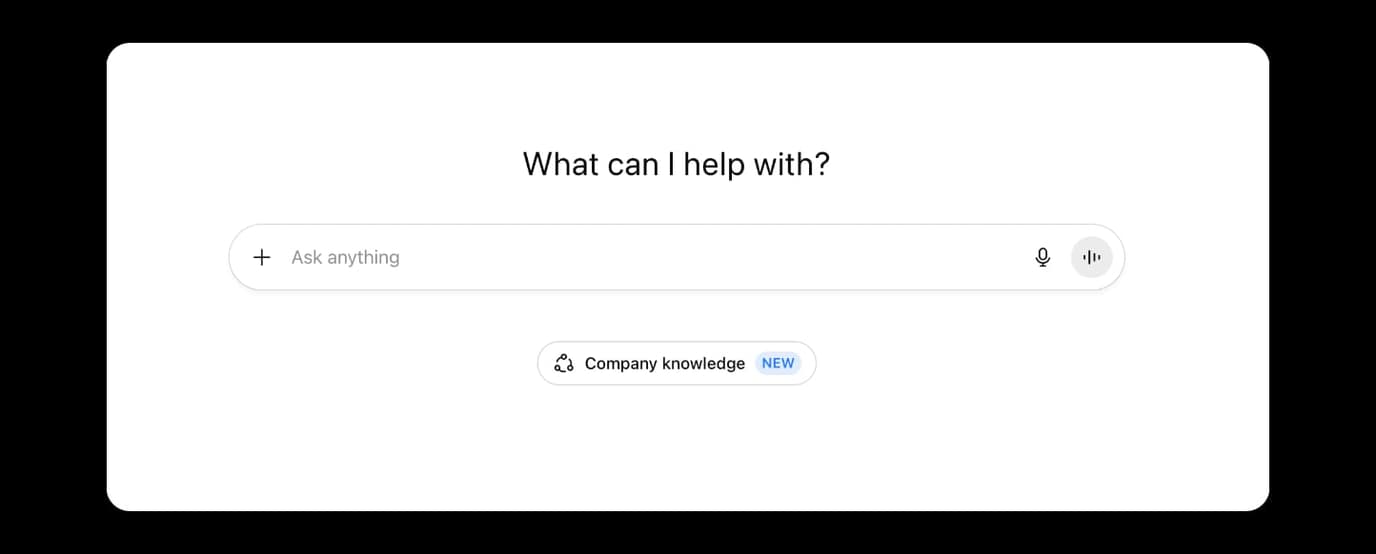Most product pages look fine on the surface but contain structural issues that hold back search performance. These problems are easy to fix once you know what to look for.

Most ecommerce sites focus on design and forget that product pages can be the most important area of SEO to their site. They target buyers with strong intent, yet they often fail to rank because of avoidable issues buried in the page structure.
Here are some of the common mistakes we see most often and how to fix them.
Thin or duplicated content
This one isn’t really that hidden, because when you go to the page, it will be pretty obvious that it needs more content. But often this gets forgotten about. A product page is seen as a place to provide the essential information about the product. Many product pages reuse the manufacturer’s description or offer so little information that Google isn’t being given a reason to rank them.
What to fix:
- Add a short summary at the top that explains the product in plain and simple language
- Ideally, use your own photography and avoid duplicated manufacturer text – at the very least, reword this. You can use AI tools to help speed the process up, but as always, review this and do not go overboard and don’t simply copy and paste what the AI gives you – use it as a starting point
- Add structured content below the fold: features, FAQs, and clear specifications. This is your chance to weave in more content and match what people may be looking for to an answer – on your page
Missing or poorly structured headings
Headings set out the page’s hierarchy. If they are missing, repeated, or out of order, Google and screen readers struggle to understand the page.
What to fix:
- Make sure there is a single H1 that matches the product name
- Use logical H2 and H3 headings for descriptions, features, reviews, and FAQs
- Avoid stuffing keywords into headings. Keep them human-focused
Weak meta titles and descriptions
Product pages often auto-generate metadata that is too long, too short, or duplicated across variants. We’ve seen so many missed opportunities with metadata – the worst one was earlier this month when we were doing some competitor research for a client, and the product title tag was simply ‘Motor’.
What to fix:
- Write unique titles and meta descriptions, especially for high-value products
- Include brand, product type, and a clear benefit or differentiator
- Keep the meta description around 150 characters to avoid truncation
No structured data
Without structured data, Google cannot show rich snippets like price, availability, and reviews. These features heavily influence click-through rates.
What to fix:
- Implement product schema with price, currency, availability, brand, and review data
- Validate with Google’s Rich Results Test
- If using Shopify, WooCommerce, or Magento, check that plugins or extensions don’t conflict or duplicate schema markup.
Poor internal linking
Most product pages rarely link to related content or category pages, which weakens authority and crawlability. This is a great opportunity to link to other areas of your site from a customer perspective as well as SEO, as you’re hoping to keep them on the site by showing them other areas that might be of interest.
What to fix:
- Link to relevant categories, guides, FAQs, or accessories from the product page
- Add a “Related products” block that actually uses logic, not random picks
- Use breadcrumbs to reinforce site structure for both users and search engines
Slow loading pages
Large images, the wrong format for images, unoptimised video, and bloated scripts damage both SEO and conversion. Product pages often suffer the most because they carry heavy assets.
What to fix:
- Compress images and serve next-gen formats like WebP or Avif
- Lazy-load images below the fold – browsers support lazy loading natively
- Clean up unused scripts, especially tracking tools and old plugins
- Use of srcset to load in the appropriate image size for the end user’s screen
Duplicate product variations
Colour or size variations can create multiple URLs with identical content. Search engines see this as duplication. On ecommerce websites, having separate web pages for each variation sometimes play a big role in the businesses strategy (mostly for paid advertising), however, these need to be set up appropriately.
What to fix:
- Use canonical tags on variant URLs
- Consider combining variants into a single page with dynamic content
- Keep one primary version indexable.
Unclear or missing delivery information
Delivery and returns info might not seem like SEO content, but users look for these details. If they cannot find them, they may leave the site – increasing your bounce rate. Google tracks that behaviour.
What to fix:
- Add a clear section for delivery times, cut-offs, and return policies
- Use the same layout across all product pages for consistency
- Keep the copy concise and honest
Missing alt text on product images
Product images without alt text weaken both SEO and accessibility. Search engines rely on alt text to understand what the image represents, especially when the product name, colour, or variant is visually communicated rather than written on the page. Without it, you lose relevance signals and visibility in image search. It also creates a poor experience for users who rely on assistive technologies.
What to fix:
- Add concise, descriptive alt text to all product images
- Include key attributes like colour, material, or angle when relevant
- Avoid keyword stuffing and keep descriptions natural
- Ensure variant images have distinct and meaningful alt text
In summary
Most SEO issues on product pages are not technical. They’re structural, content-driven, and easy to fix once identified. Small improvements can quickly add up, especially on online stores with hundreds or thousands of products.
Next steps
If you want to know which mistakes your ecommerce site is making, we can run a focused product page audit and give you a clear, prioritised action plan. Simply get in touch and we can improve the performance of your product pages to increase traffic and sales.





